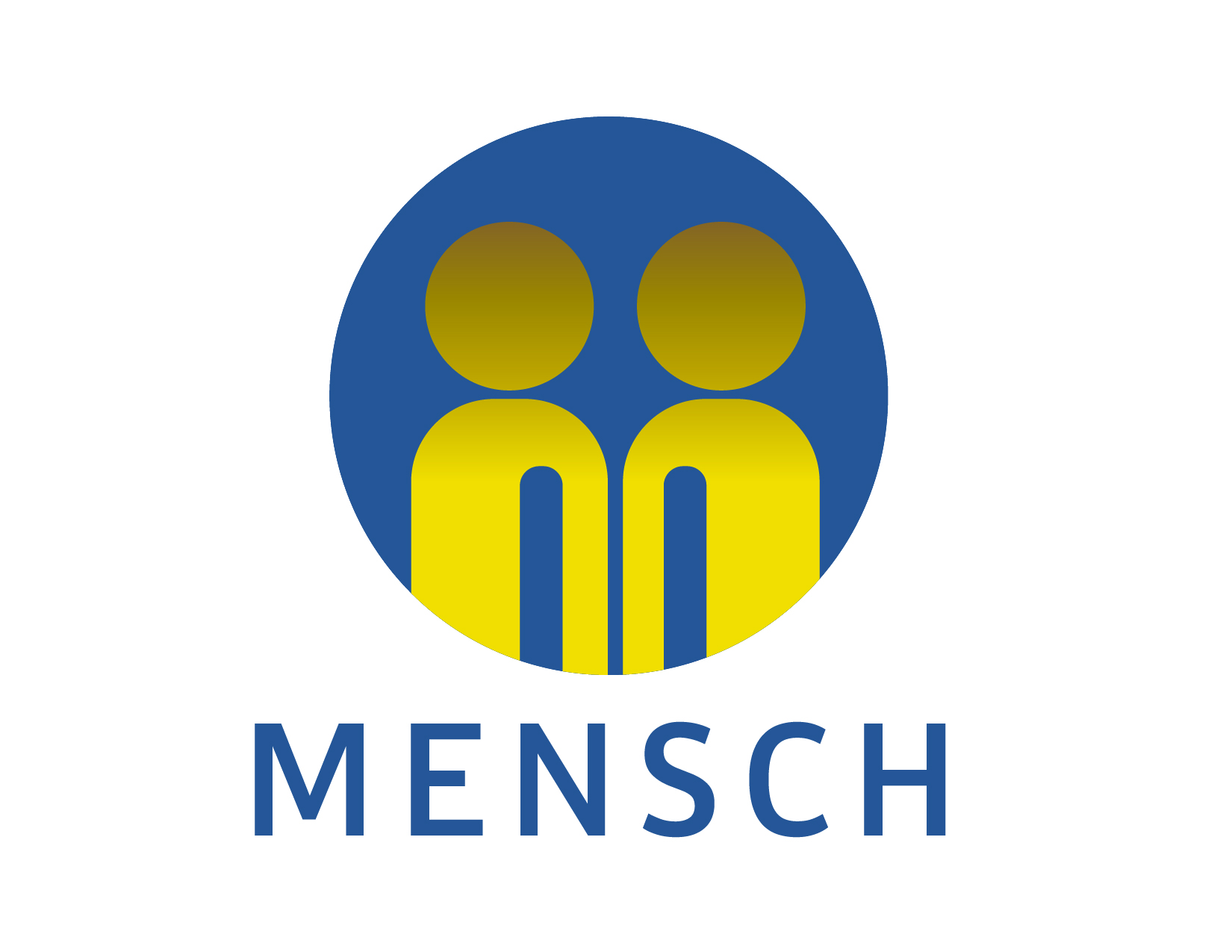
Don’t Make the Typical New Year’s Resolutions Mistakes!
When the calendar flips from December to January, it’s a great time to establish goals for all that you want to accomplish in the new year. Get a head start on this process right now before the calendar flips. There are the typical lose weight, relax more and increase my wealth type goals which are all fine but the biggest mistakes that most people make in establishing ‘New Year’s Resolutions’ are they aren’t attached to a long-term vision and or they aren’t balanced across all facets of their lives. You can easily avoid these two mistakes by starting with creating a personal vision of what you want your life to be like in the future. This vision will then be the ‘guidepost’ for creating goals that are motivational and enriching to help keep you on track and when created in alignment with your Life Purpose, it will be a very powerful combination providing a powerful source of energy for creating the life you desire.
As a Certified Jack Canfield Success Principles Trainer, I’m happy to provide Jack’s Vision Exercise as a free download to assist with this process. This tool will help you create a balanced vision across seven key areas of your life that will be the foundation for your annual goals. Don’t be afraid to make this a bold and audacious vision so it provides the necessary motivation for you to work towards achieving that compelling future vision of your life. Then establish annual goals that align and move you closer to realizing your vision. The final tip for success with the vision and goal setting process is for you to share your vision and goals with a trusted person or persons in your life. Someone who you can count on to be positive and supportive. This simple step of sharing your vision and goals will provide many benefits for you as you begin the journey of realizing the life you desire.
Please take the first step to realizing a more fulfilling life and download the free Vision Exercise tool now.
Best wishes for a happy, healthy, and successful new year!









